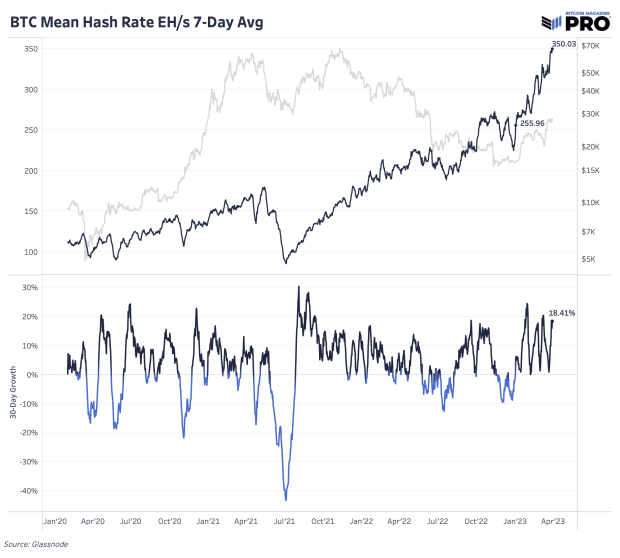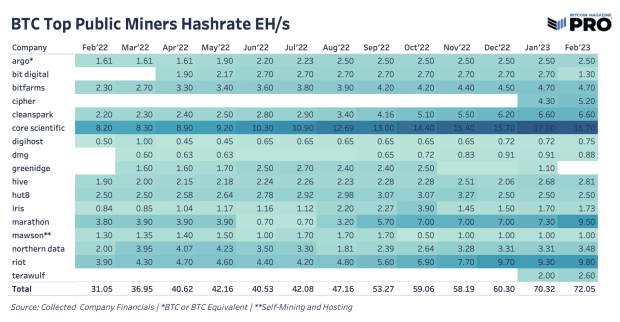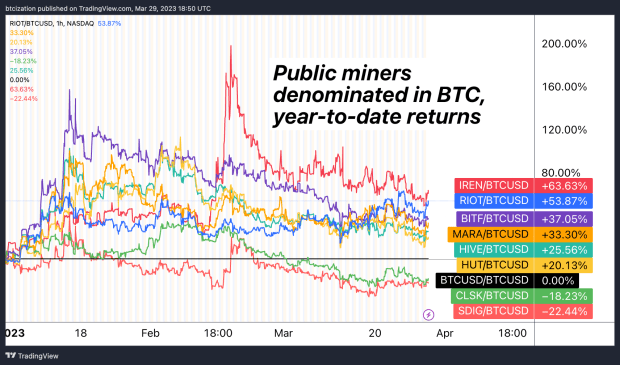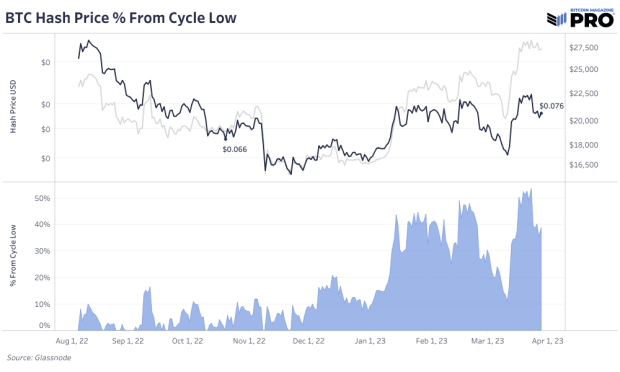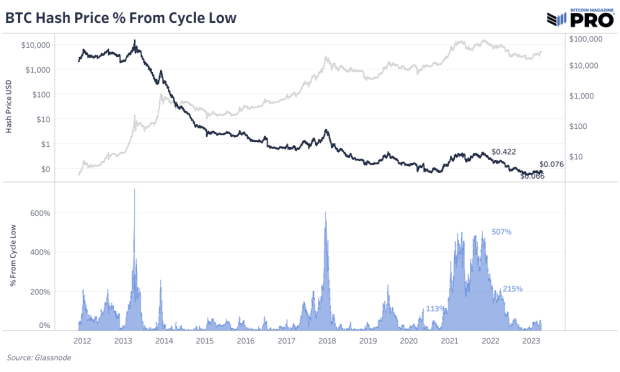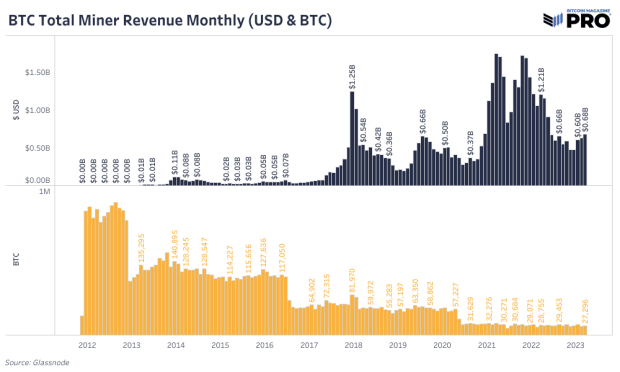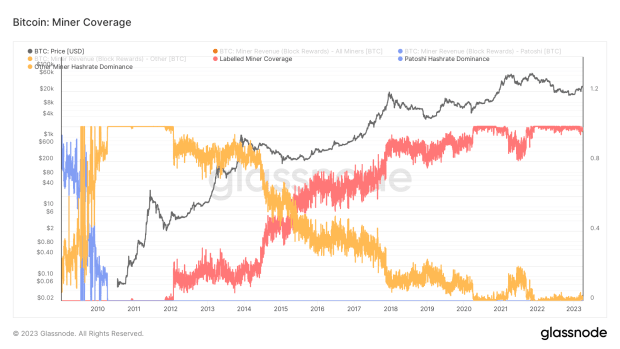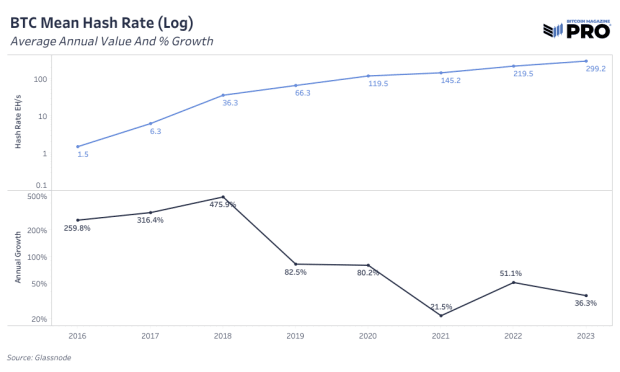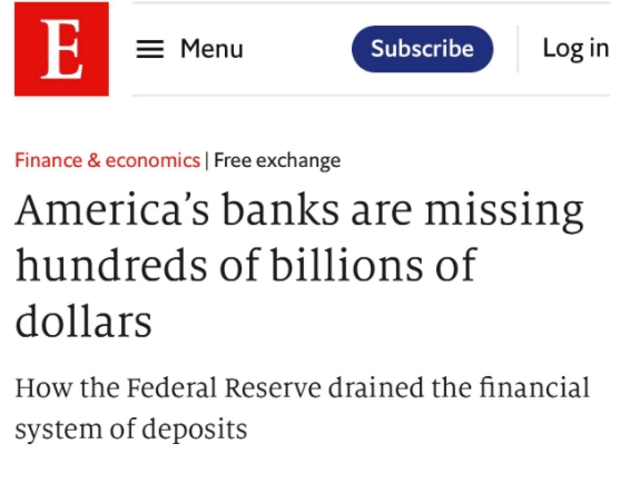
Learn how to mitigate security risks associated with crypto payments through methods such as hardware wallets and secure exchanges.
How can privacy-preserving tech help prevent crypto payment risks in Web3?
Technologies, such as zero-knowledge proofs, homomorphic encryption and multi-party computation, that guarantee privacy can reduce the risks associated with crypto payments on Web3 by safeguarding the private data exchanged during transactions.
Public blockchains — which are open and available to everyone — are frequently used to process cryptocurrency payments in Web3. This indicates that it is simple to track and keep an eye on payment information, such as sender and recipient addresses and transaction amounts. To address this issue, privacy-preserving technologies can help secure the users’ private data.
While homomorphic encryption allows computations to be conducted on encrypted data, keeping the information secret, zero-knowledge proofs enable the verification of transaction information without disclosing the underlying data.
The privacy of cryptographic payments in Web3 can also be improved by the use of multi-party computation. With the help of this technology, many parties can jointly compute their data without disclosing any private data to one another. This minimizes the possibility of a data breach by ensuring that no one party has access to all the payment information.
Furthermore, fraud prevention and threat protection can also be accomplished with the help of privacy-preserving technologies. For instance, by using secure multi-party computation, parties can jointly verify the legitimacy of a payment transaction before it is completed, ensuring that all parties involved are legitimate and the payment is secure.
How do you mitigate crypto payment risks?
Crypto payments come with inherent risks, such as the potential loss of funds due to theft or fraud. To mitigate these risks, it is essential to take steps to protect your cryptocurrency assets.
To purchase or sell cryptocurrencies, users must choose a trusted exchange that offers security. Before using the exchange, do some research to make sure it is regulated by the appropriate authorities and has a proven track record of security.
Similarly, make sure to only use payment gateways that are licensed and regulated by reputable authorities to ensure that your funds are safe. It is also important to research the reputation and track record of the payment gateway before using it to ensure that it has a history of secure and reliable service.
Also, one must store their holdings in a safe wallet that supports two-factor authentication and high encryption. To safeguard one’s wallet and other accounts connected to cryptocurrency transactions, users should keep their software updated and use strong passwords and two-factor authentication.
Before finalizing the transaction, double-check the transaction’s specifics, including the recipient’s address and the transferred amount. Beware of phishing scams and public WiFi networks that might jeopardize your information.
Last but not least, one may adopt a hardware wallet, which adds another level of protection from cyberattacks by keeping one’s private keys offline. Maintaining up-to-date knowledge of the market’s most recent developments, such as security concerns and legislative changes, is another crucial step. Check the news and updates from reliable sources on a regular basis to make sure you are informed of any new risks or possibilities.
What are the security risks of using cryptocurrency as payment?
There are various security vulnerabilities associated with using cryptocurrencies as payment methods, including the possibility of theft, hacks and fraud. For instance, hackers can take advantage of flaws in exchanges, wallets and transactions. Additionally, consumers who are the targets of scams or fraudulent transactions have little redress because cryptocurrency transactions are irreversible.
The possibility of loss or theft is one of the biggest worries. Digital wallets, where cryptocurrencies are kept, are susceptible to hacking attempts, phishing scams and other cyberattacks. The money kept in a compromised wallet may be taken, and it can be difficult to get it back. Additionally, because cryptocurrency transactions are irreversible, the funds cannot be recovered if they are sent to an incorrect address or the wallet is compromised.
The possibility of fraud is another security issue concerned with cryptocurrency payments. In order to deceive consumers into sending money to what seems like correct addresses, hackers can make phony websites or copy trusted websites. This is a phishing attempt, and because the false website is identical to the real one, it can be difficult to spot. Moreover, hackers have the ability to fabricate fake cryptocurrency exchanges or wallets in order to steal money from unwary customers.
To steal a user’s digital assets, cybercriminals may try to use flaws in their computer or smartphone. To access a user’s digital wallet, they can employ a variety of techniques, such as phishing emails, spyware, ransomware and other cyberattacks.
Cybercriminals frequently use phishing emails to lure people into clicking on malicious links or downloading risky files. The attacker gains access to a user’s digital assets after they click the link or download the file. Malware — e.g, crypto mining malware — is yet another approach that hackers frequently employ. Malware is intended to harm, interfere with or steal data from a computer system. It can be installed on a user’s computer through various means, including phishing emails, fake software updates and drive-by downloads.
Ransomware encrypts user files and makes them inaccessible. After that, the assailant demands a ransom in return for the decryption key. There is no guarantee that the user will get the decryption key if they pay the ransom, and their digital assets could end up being permanently lost.
Lastly, there is a risk of regulatory uncertainty. The regulation of cryptocurrencies is still limited, and they have different legal standing in every nation. As a result, consumers have little protection at their disposal, and pursuing legal action in the event of theft or fraud can be challenging. As a result, people who use cryptocurrencies as payment methods need to be cautious and take the right security precautions to safeguard their money.
What are the several types of blockchain attacks?
Due to its decentralized and distributed structure, blockchain technology is intended to be secure and resistant to attacks. However, it is not completely immune to attacks, and many different types of blockchain attacks have been identified, including 51% attacks, double-spend attacks, sybil attacks and DDoS attacks.
A 51% attack is one of the most frequent styles of blockchain attacks. In this attack, an attacker has control over more than 50% of the computational power of the blockchain network, giving them the ability to alter transactions and add fake transactions to existing blocks.
A double-spend attack is another form of blockchain assault where an attacker manipulates the consensus mechanism of the blockchain network to spend the same coin twice. Smaller blockchain networks with fewer nodes are more likely to experience this assault, making them more susceptible to manipulation.
Another typical form of blockchain attack is known as a sybil attack, in which the attacker sets up numerous fictitious identities or nodes in order to take over the network. The blockchain’s history can then be changed by using these false identities to control transactions.
Finally, there are distributed denial-of-service (DDoS) attacks, in which a perpetrator floods the blockchain network with traffic and blocks the processing of valid transactions. Smaller blockchain networks with fewer resources to protect against DDoS attacks are particularly vulnerable to these attacks.
Therefore, it is essential for blockchain networks to implement robust security measures and be vigilant against these types of attacks to maintain the integrity of the blockchain network.
via
cointelgraph.com






